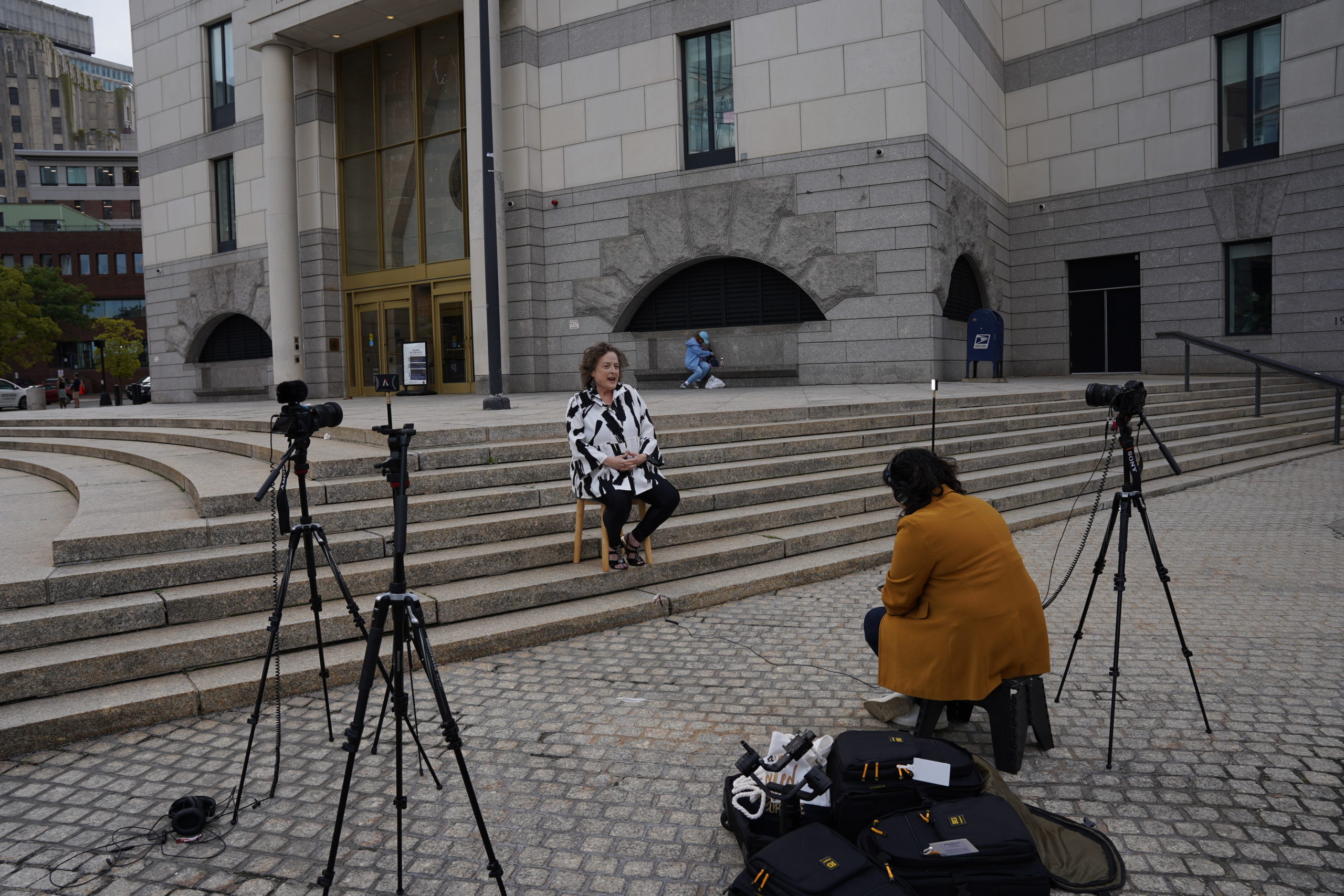In the media, the Massachusetts Department of Children and Families (DCF) is often portrayed as heroic: quickly swooping in to take custody of abused or neglected children to prevent further harm. In some cases, it’s a well-deserved characterization. In others – the stories we don’t usually get to hear – the speed at which DCF operates can also be harmful, leading to the unnecessary separation of families.

In nearby Springfield, MA, such cases have created an over-representation of Black and Latinx children in DCF custody, a symptom of the systemic and structural inequities that force a disproportionate amount of families of color into poverty.
Human rights filmmaker, author, Journo4Justice founder, and Visiting Assistant Professor in the School of Journalism Jody Santos has been questioning the traditional methods through which journalists tell stories, particularly stories from underrepresented or even grossly misrepresented communities. After being introduced to the inequality of the foster care system Shannon Al-Wakeel, Managing Director of Northeastern University School of Law’s Center for Public Interest Advocacy and Collaboration (CPIAC) and Kate Lowenstein, Multisystem Youth Project Director of Citizens for Juvenile Justice (CFJJ), Santos wanted to help move the needle.
Inspired by what she heard, Santos and her students created ‘The Family Project’, a semester-long enterprise for her “Video for Social Impact” class teaching graduate and undergraduate Journalism students how to more accurately tell the stories of underrepresented populations. Under Santos’ direction and in consultation with both Al-Wakeel and Lowenstein, students have been working to tell the stories of the families who have been unnecessarily separated in a fresh way that will resonate with audiences and ideally influence change – no small feat.
Reflecting on the power of journalism to effect change, Santos noted: “There’s so much involved in that piece, but part of it is telling the personal stories of families who have had their kids put in custody because we don’t hear that piece, and then centering it in the greater context with relevant statistics.”
Throughout the semester, her students have traveled across the state to interview families fighting for custody of their children, attorneys, and local politicians to gather information and material to be able to tell the stories of separated families through the medium of visual storytelling. By the end of the semester, the class will have completed a series of short videos documenting their reporting that the Center for Public Interest Advocacy and Collaboration and Citizens for Juvenile Justice can use for advocacy efforts.

“We feel like these groups already have constituents who are totally dedicated to the cause so that it was more important to give them the media and to let them use it to sort of rally the troops,” says Santos.
By taking students outside of the classroom, Santos’ course has given aspiring journalists and advocates a crash course in the tools and needed to tell the hidden stories of underrepresented communities and help to effect meaningful change.
Students’ final videos will be shared with the public during a special on-campus premiere on January 27. You can follow along with their reporting on The Family Project’s YouTube Page.


